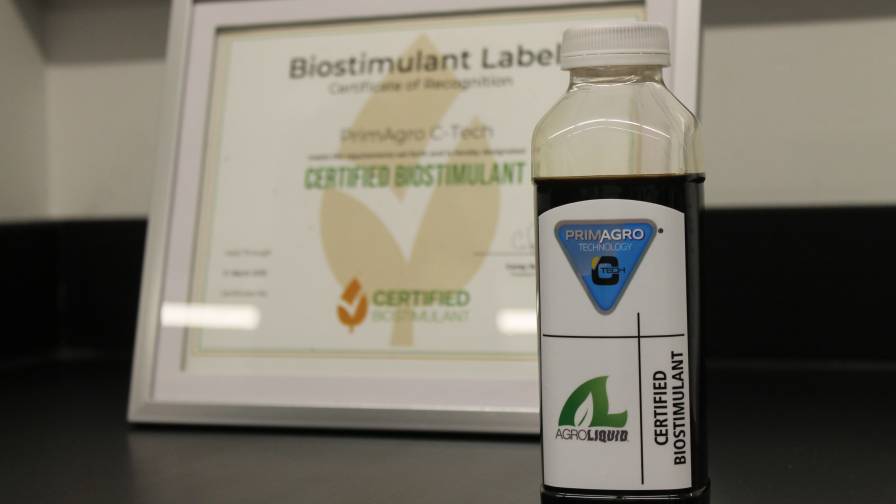Net Promoter Segmentation
This column will introduce a customer segmentation approach that links loyalty measurement to profitability. Net Promoter segmentation is being used by companies such as General Electric, Sony, and Dell to understand how customer experience impacts loyalty and profitability. It fits perfectly within an ag retail situation. Prior to reviewing Net Promoter segmentation, lets look at two other approaches you are already familiar with.
Behavior segmentation groups customers and prospects according to their needs and responses to a marketing campaign. In ag, labels such as “Traditional” or “Progressive” are often used. Behavior segmentation was developed in large consumer companies where each segment is hundreds or thousands of people. It has a fit in ag retailing with the caution that retailers also need to explore the needs of individual customers through a skilled salesperson rather than assuming you know customer based on how they answered a few survey questions.
Value segmentation divides your customers into groups based on their Potential Value (i.e., what they buy in the market), or their Current Value (what they buy from you). The segments can be as simple as dividing customers into quartiles or thirds. Either way the most valuable customers go to the top of the pile and the least valuable go to the bottom. Value segmentation is helpful in prioritizing your customer focus i.e., “who do I call on first or next?”
Finding The Value
Although value segmentation is straightforward, it doesn’t tell you anything about a customer’s needs or issues they might have with you. The first diagram is a representation of Value segmentation where individual customers are stacked according to profitability. Not much else is known except their growth rate which is shown by the size of the bubble.
Intuitively, we know each customer is unique and likely requires a customized sales approach. A good salesperson needs to develop the correct contact strategy for each customer or prospect to make segmentation effective. Wouldn’t it be helpful if your segmentation approach provided precise information on each customer that would help your sales staff target their needs, and increase loyalty?
Net Promoter segmentation identifies issues for each customer that link to loyalty. In Net Promoter segmentation, customers and prospects are divided into three easy to understand groups called Promoters, Passives, and Detractors. Promoters are highly engaged with your company, and are very willing to recommend you to another grower. On a 0 to 10 scale on the “willing to recommend” question in our Customer Experience Monitor, they answer 9 or 10. As the name implies, Passives are not engaged with your company. They may be satisfied, but they are not loyal. You might recognize these customers as ones who would do business with a competitor for a slightly better price or other reason. They answer 7 or 8 on our willing to recommend question in the Experience Monitor. Typically, they give you a lower share of business than Promoters. Their issues must be identified and addressed before progress can be made.
The third Net Promoter segment are called Detractors. Detractors are actively not engaged with your company. Detractors are unwilling to recommend you based on their personal experiences or reports they have heard from other detractors. Their negative word of mouth counteracts some of the positive benefits from Promoters. On the willing to recommend question, they answer 0 to 6.
In Net Promoter segmentation, the willingness of each customer or prospect to recommend you to another grower (hence their identification as Promoters, Passives, and Detractors) is linked to how they rate your performance during the sales cycle. To set up a Net Promoter program, you would begin to ask customers to give you input on your performance at various touch points along the sales cycle. Based on this input, and the strength of their recommendations, customers are placed into one of the Net Promoter Segments. This incredibly actionable segmentation helps you understand how customers and prospects think about you and your business, and lets you make adjustments in areas customers value most.
Let’s go back to your customers. I suggest you segment customers in a spreadsheet according to profitability or potential. That’s the Value segmentation diagram above. Net Promoter segmentation moves each of your customers along the “X axis” based on whether they are a Promoter, Passive, or De-tractor to you. The second diagram shows the exact same customers placed according to their value on the Y axis, but now we have identified each customer as either a Promoter, Passive, or Detractor. Once again, the bubble size represents growth rate. Note how customers with equal value on the Y axis appear very different when the “willing to recommend” score is included.
Net Promoter Segmentation lets you see customer value and their perception of your performance on drivers of loyalty at the same time. Once you segment customers this way, you will see them from a very actionable perspective. If you knew one of your best customers was not willing to recommend you, and what his reasons were, would you reach out and work with him to correct the problem? Net Promoter is the most actionable tool I have seen to help align your business with customer needs.
I’ll discuss how innovative companies are linking customer perception of performance to their willingness to recommend in a later column. My purpose here was to introduce Net Promoter. It helps you become more customer centric by looking at your business the way customers see it.





